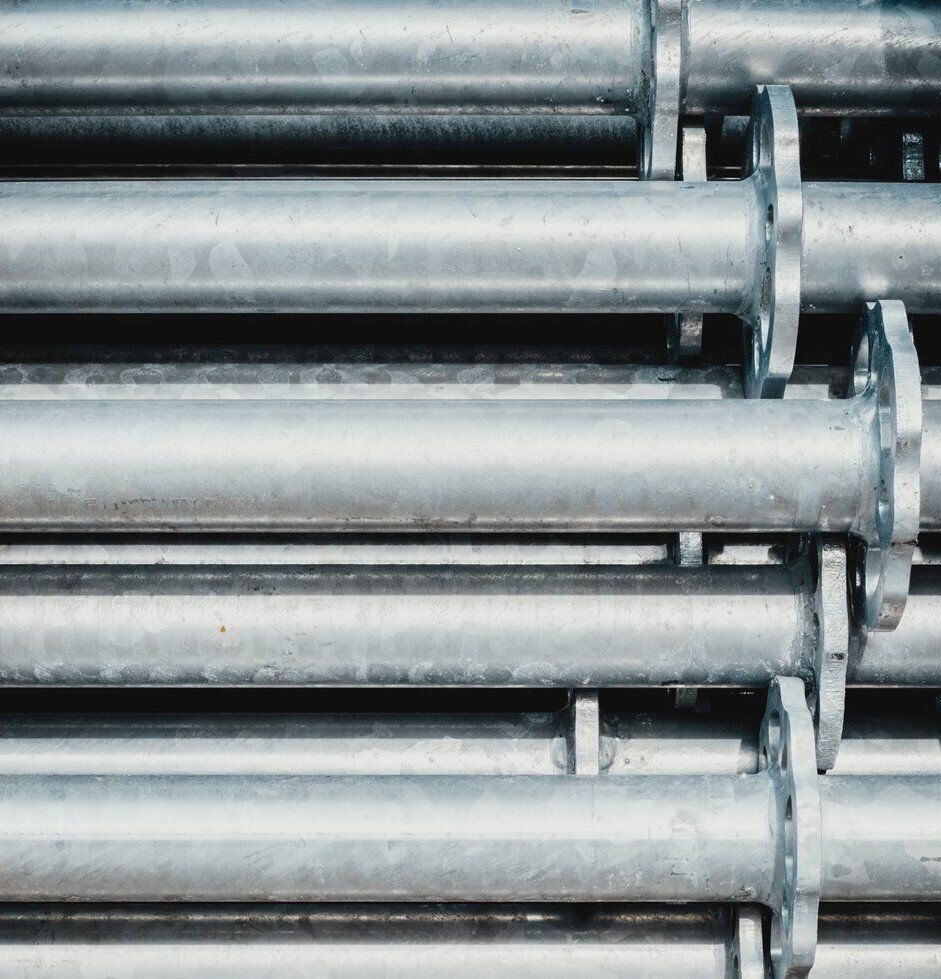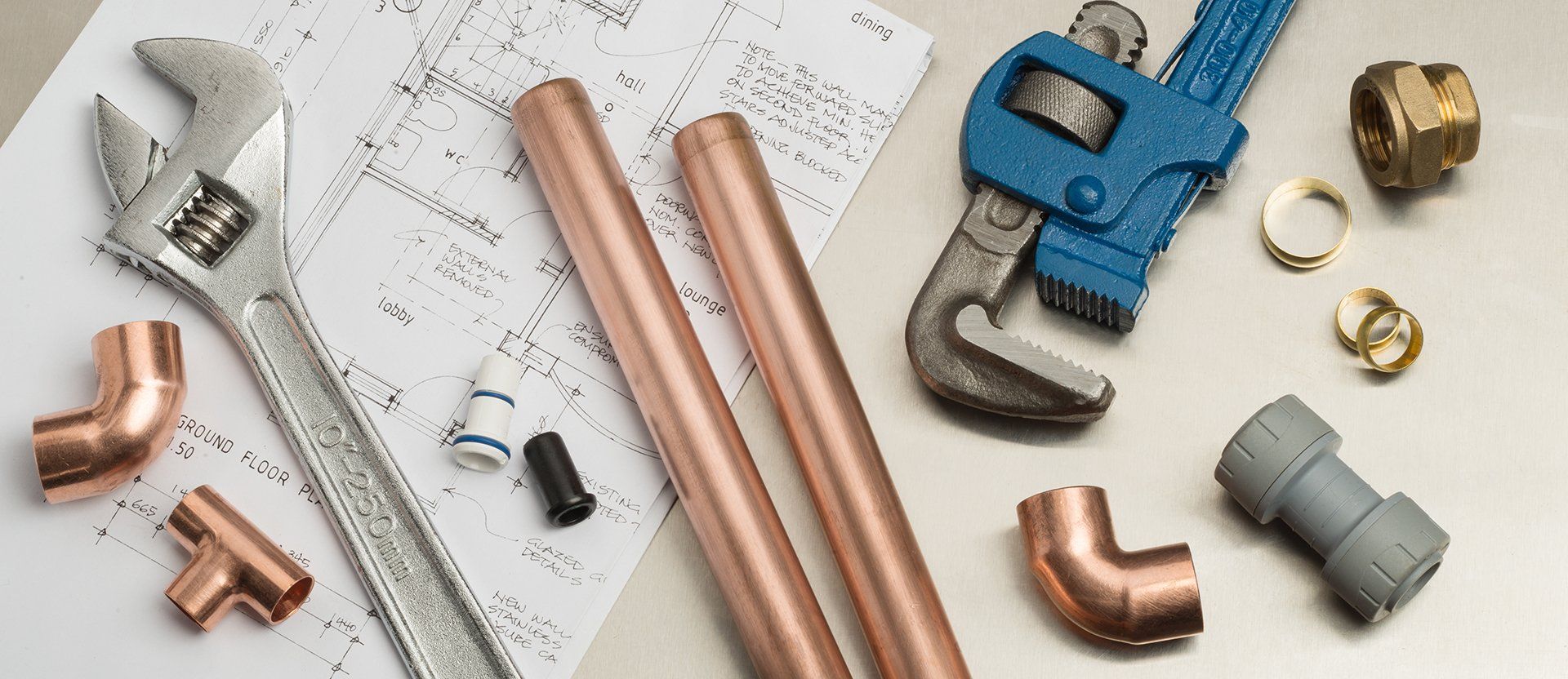3 DIY Care And Maintenance Tips For Your Plumbing Pipes
Plumbing pipes have many functional roles in a plumbing system. Some are used to supply water from the water mains to the plumbing system, and then to distribute it to the entire house including the bathrooms, storage tanks, water heaters etc. Other pipes are used to drain waste water from various installations like sinks, toilets, showers etc, and also to drain flood water from the ground. Plumbing pipes are made from a variety of materials including copper, plastic/PVC, concrete, galvanized steel, cast iron etc. Regardless of their material construction or type, all pipes — like all the other components of a plumbing system — require regular inspection and routine maintenance. The following DIY hacks will go a long way in boosting the health of your plumbing piping system and possibly avoid emergency plumbing situations.
Leakage Control
One of the most common plumbing faults comes in the form of pipe leakages. Pipes leak due to physical damage or wearing out of their physical cover. Others leak at the joints due to detachment or the loosening of their joints or elbows with each other or with other plumbing installations. Pipe leakages can cause all kinds of problems depending on the nature and severity of the damage. Some leakages might appear pretty harmless especially if the leak is just dripping. Others can be quite severe if the surface tear is big and the leak is in a critical plumbing area like the sewer system. You can try to fix the minor leak in the former case but you will need to call a professional Woodbridge sewer and drain plumber to fix the latter case. The rule of thumb is that all leaks, big and small, should be handled the same — fast repairs. It starts with a routine and thorough DIY inspection of the piping system to check for leaks and if you find any, repair the pipes ASAP.
Unclogging Pipes
Another very common and incredibly problematic piping problem is clogging. Clogging occurs when water flow in a pipe or piping system is inhibited by insolvent waste. It can happen if a solid object gets lodged or trapped inside a pipe. The most common cause of clogging is the buildup of grease and gunk around piping bends or joints. As the blocked water accumulates, the piping system suffers backflow, which can be quite messy and hazardous especially if the clog is in a sewer system or drainage system. A simple DIY remedy for clogging is to use a plunger and to pour hot water into the drain pipe to melt the grease. You can also use an enzyme drain cleaner provided it’s not chemical-based.
Pipe Sleeves & Antifreeze Drip-On
Pipe sleeves are important pipe protection covers that are used to reinforce pipe joints and bends. They are installed on critical piping sections to prevent various piping faults and hazards ranging from physical damages to surface breakages, all of which can lead to leaks and even pipe bursts. Inspect and replace old and worn-out sleeves with new high quality ones. And to prevent pipes from freezing and even bursting due to pressure buildup in extremely cold weather, you should leave your taps or faucets barely on so that the water can continue flowing albeit in very small and spaced drops. Commonly referred to as the antifreeze drip on, this is not an industry recommended solutions but it’s still a highly effective hack to curb frozen water pipes.
You might also like



Book a Service Today
We will get back to you as soon as possible
Please try again later
EMERGENCY LEAKS, CLOGS, & PIPE BURSTS
If you have an emergency plumbing or sewer need,
simply call our 24 hour hotline for immediate service.
Location
4FastPlumber LLC Woodbridge, VA (571) 499-0708 1351 E Longview Dr.
help@4fastplumber.com
All Rights Reserved | 4FastPlumber LLC

